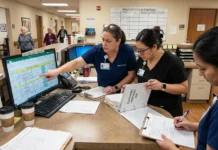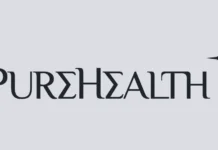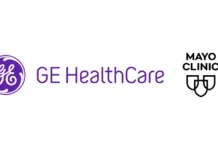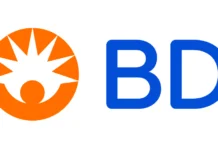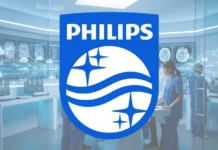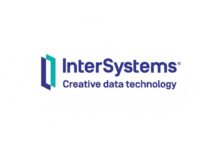The Department of Health is today announcing new guidelines, using standards from GS1 UK, the independent supply chain standards and solutions organisation, to drive the adoption of Automatic Identification and Data Capture (AIDC) for patient document retrieval. The new guidelines will improve efficiency and reduce costs within hospitals.
The use of documents is important to hospitals recording a single patient's medical history and care over time. The maintenance of complete and accurate medical records is a legal requirement for healthcare providers and contains confidential information, making it crucial to keep track of the data. Previously, many medical practitioners have faced difficulties in finding case notes and medical information due to slow manual processes for document retrieval and document filing, both of which can be solved by the use of an AIDC track and trace system.
"Our initial guidelines show huge benefits for hospitals. For example, pilot site Royal Bolton Hospital has identified the potential to cut down the time spent looking for misfiles by 80% whilst significantly reducing lost revenue due to coding time-outs. By replacing manual processing of returned records with an automated system the department could save time and money. Furthermore, by automating location tracking throughout the hospital it could save even larger amounts,” comments Neil Lawrence, Department of Health AIDC lead. “Benefits like these will enable hospitals to meet their requirements of reducing costs and ultimately improve patient safety.”
Roger Lamb, Health Manager, GS1 UK, commented: “There is enormous potential in using GS1 standards to deliver significant cost savings to the NHS and improving patient safety. GS1 standards are essential in helping track and trace medical records, equipment and patients to ensure that the right products are available at the right time in the right place. We will continue to be instrumental in driving costs out of the NHS and the supply chain through increased efficiency.”
The Department of Health’s new guidelines recommend the use of GS1 codes and restate the benefits from the 2007 Coding for Success guidelines.
Potential advantages of auto-identification (barcoding and similar technologies) include: fewer medication errors, reduced risk of wrong site surgery, the ability to accurately track and trace all surgical instruments, equipment and other devices, as well as much better hospital record keeping. Currently over 335 hospitals have adopted GS1 standards in various areas of care, simultaneously increasing patient safety while reducing costs.
AIDC uses bar codes, radio frequency identification (RFID) and other machine-readable codes in order to quickly and accurately identify a person, item or process. The GS1 standard provides the specification and implementation guidance for achieving accurate AIDC using GS1 International code numbering standards.
The technology has been in use for decades, particularly in the retail sector, where bar codes on products have been used to improve supply chain efficiency, drive down costs and provide retailers with a rich source of information about shopping habits.
In the health sector, AIDC has the potential to support patient safety, particularly through medicine management activities.





